#dp michael ballhaus
Photo

The Color of Money (1986)
#1980s#actor paul newman#dir martin scorsese#dp michael ballhaus#cat melodrama#cat sport#american#gray#submission#hand#watch#mustache#shadow#glasses#phoropter#the color of money#the color of money 1986
7 notes
·
View notes
Text
Martin Scorsese Teaches Filmmaking Information
Martin Scorsese Teaches Filmmaking is a MasterClass course designed to provide a comprehensive understanding of the art and craft of filmmaking.
Martin Scorsese drew his first storyboard when he was eight. Today he’s a legendary director whose films—from Mean Streets to The Wolf of Wall Street—have shaped movie history. In his first-ever online class, the Oscar winner teaches his approach to filmmaking, from storytelling to editing to working with actors. He deconstructs films and breaks down his craft, changing how you make—and watch—movies.
What You’ll Learn In This Course?
Introduction – Meet your new instructor: Oscar-winning director Martin Scorsese. Martin explains the goals of his MasterClass and talks about the importance of staying true to yourself on your filmmaking journey.
Beginnings – Martin explains how he realized that filmmaking was his true calling in life. He also talks about the importance of watching the old masters of cinema, from Orson Welles to Max Ophüls.
Martin’s Education – Martin teaches you to appreciate the value of every shot using the lessons he learned from his tough—but inspirational—professor at NYU.
Discovering Your Process – There is no set process for filmmaking, but in this lesson Martin offers you a glimpse of what his own process looks like. Learn to let your film take on its own life and always remain open to unexpected changes that could add value to a scene.
Channeling Your Influences – Martin encourages you to take inspiration from the work of other directors and discusses the significance of referencing other films in your own work.
Developing Your Style – Martin teaches the tenets of visual literacy and elaborates on the hallmarks of his style, including previsualization with storyboards, the use of voice-over, and the influence of documentary on his feature films.
Directing & Technology – Martin connects the atmosphere in which he first started making movies to the current climate of filmmaking, teaching you how technological advances can both help and hinder your creative process as a director.
Finding the Story – Martin teaches you how to see the inherently cinematic elements of your daily life and how to identify the themes and stories you are most drawn to.
Working With The Script – Martin shows you his process for reading scripts and how he goes about forming ideas. He also teaches you important lessons regarding research and explains how to further develop your script in rehearsal.
Casting Actors – Martin explains the significance of casting and offers his wisdom on how to interact with your potential actors, both individually and as part of a group. He also shares which performances he uses as models and what he looks for in an actor.
Directing Actors – Martin teaches you the importance of getting in front of the camera as a director. You’ll also learn how to build a trusting relationship with your actors, how to make time for them to experiment, and when to stop talking and start to shooting.
Locations – Martin shows you what you should look for when scouting locations and how to turn your location limitations into advantages.
Production Design – Martin teaches you how to reflect the themes of a story through production design. Learn how to bring the world of your film to life and when to take artistic license when depicting historical periods.
Costume Design – Learn how to let character dictate costume and how to collaborate with actors to find the perfect clothing for roles.
Understanding Cinematography – Martin teaches you how to work with your cinematographer and tells you the best way to learn—by asking your DP questions.
Shooting Low-Budget Films – Discover Martin’s experience with low-budget filmmaking collaborating with cinematographer Michael Ballhaus. Learn how to creatively get the shots you need, even under tight budget and schedule constraints.
Working With Crew – Learn the differences
between working with a small, core crew and a big one, and how to empower individual members of your crew.
Editing: Part 1 – Martin reveals the magic of the edit room, and shares the qualities you should look for in an editor. He also prepares you for the continuous evolution that is intrinsic to the editing process.
Editing: Part 2 – Martin teaches the importance being in sync with your editor and expounds on a valuable lesson: You may have to cut the scenes you love.
Color – Martin gives you a lesson on the historic use of color in cinema and explains his use of color in his own films.
Choosing Black and White – Martin discusses the evolution of black and white film and how he arrived at the decision to make Raging Bull in black and white.
The Importance of Sound Design – Martin teaches you his approach to sound design: enter the editing room with the intention of cutting away sound instead of adding it. Learn how to create atmosphere with sound design, as well as how to use sound to solve editing problems.
The Power of Music – Martin shows how music serves as part of the spiritual lives of his characters and talks about the films whose music influenced him, from director Kenneth Anger’s independents to the traditional scores of Hollywood films.
Promoting Your Film – Martin recommends promotional strategies and teaches you how to identify and target your film’s potential audience.
Scene Discussion: Barry Lyndon – Martin analyzes the first scene of Stanley Kubrick’s Barry Lyndon. Watch and learn as Martin breaks down the use of natural lighting and voice-over. Discover how every image in the scene embodies the structure of an entire historical moment.
Scene Discussion: Out of the Past – Martin analyzes the visual language of this scene from Jacques Tourneur’s Out of the Past, explaining the director’s use of light and shadow. Martin discusses camera tilts and Robert Mitchum’s performance in this scene.
Scene Discussion: Jules and Jim – Martin dissects the voice-over in François Truffaut’s film, explaining how it pushes the story forward and gives the audience copious information about the characters. Martin also analyzes the composition of frames and the effect of the music.
Scene Discussion: Vertigo – Martin discusses color and background action in this scene from Alfred Hitchcock’s Vertigo. Learn how point-of-view shots and specific angles contribute to the emotional power of the scene.
Scene Discussion: 8 1/2 – Martin analyzes Federico Fellini’s choices in composition and lighting in this scene from 8 1/2, and shows how these impact our understanding of the protagonist. Watch and learn as Martin breaks down camera movement and the blocking of actors.
Finding Your Way – In his parting words of wisdom, Martin encourages you to find your own way and never lose sight of the creative spark that inspires you on each film.
About Author
Martin Scorsese, original name Martin Marcantonio Luciano Scorsese, (born November 17, 1942, Queens, New York, U.S.), American filmmaker known for his harsh, often violent depictions of American culture. From the 1970s Scorsese created a body of work that was ambitious, bold, and brilliant. But even his most acclaimed films are demanding, sometimes unpleasantly intense dramas that have enjoyed relatively little commercial success. Thus, Scorsese bears the not totally undeserved reputation as a cult director who works with big budgets and Hollywood’s most desirable stars. In terms of artistry, he was perhaps the most significant American director of the late 20th and early 21st centuries.
More courses from the same author: Martin Scorsese
0 notes
Text

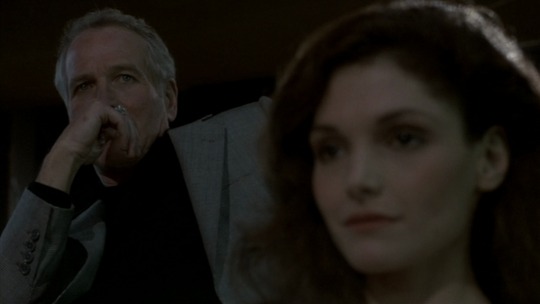
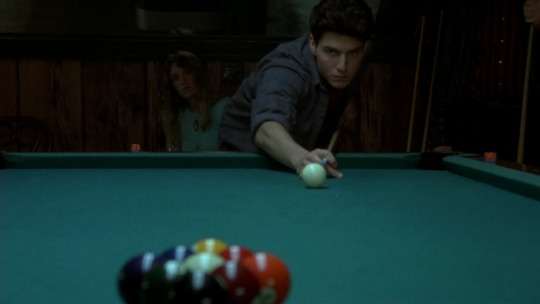
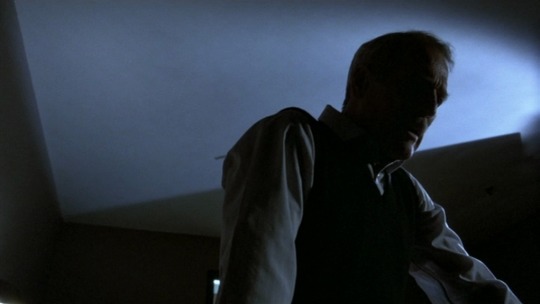
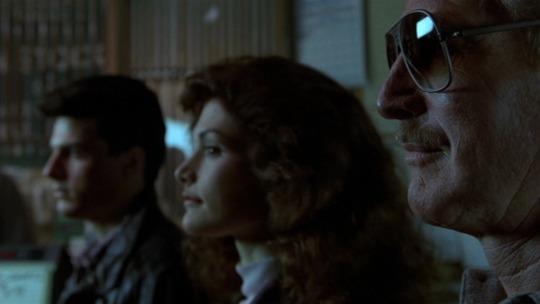


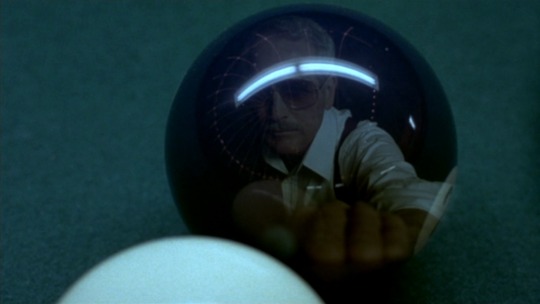
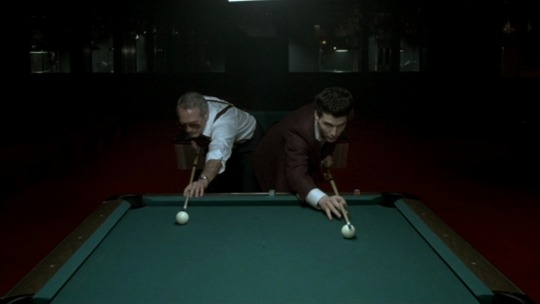
THE COLOR OF MONEY (1986)
dir: Martin Scorsese
dp: Michael Ballhaus
40 notes
·
View notes
Photo
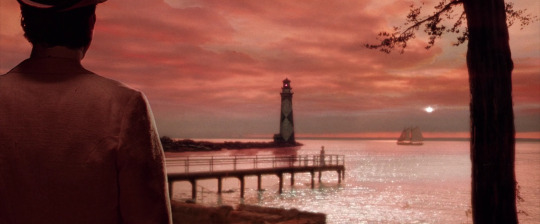
The Age of Innocence (1993) Dir. Martin Scorsese, DP Michael Ballhaus
5 notes
·
View notes
Link
3 notes
·
View notes
Text
Interview, Autumn Durald - A Transforming Force

Hey, Autumn! Are you having fun shooting a western film?
Unfortunately the western I was supposed to shoot at the start of the year was pushed. When we do start shooting it will be a wild ride.
Are you doing things differently with this project or there are significant changes to how you shoot?
The short film has the same storyline so we already had a test run at the visuals. On the short film, I shot 35mm anamorphic and I flashed and pulled the film stock. I plan on doing that as well for the feature along with some other tricks.
As the imagery should tell the right story, and each story has it's own look, Do you think it's possible for a Cinematographer to have a particular visual aesthetic?
When I first started out I didn’t use to subscribe to this theory, however, I do now. I find that people often tell me that there’s definitely a particular visual style in all of my work. Which made me think more about other Cinematographers work I love, and now I can see why someone would say that. Every story has its own distinctive look, but a DP definitely brings their taste and eye to each project, and if you have a strong one then it shines.
How do you translate the combined vision of the writer and the director - on film? Have there been times when you went a little too adventurous?
All of my feature work, now six features have been with writer-directors. This makes it easy when talking to the director about the vision since he/she also wrote it. I wouldn’t say I’ve ever gone too adventurous, nothing the director and I didn’t dive into together. On the Arcade Fire ��porno” music video/documentary film I shot for director Kahlil Joseph in Haiti we definitely did some adventurous things, but he is a very adventurous filmmaker so it’s par for the course when you shoot with him.
Do you feel that the courage to allow the moments of the characters and the overall atmosphere to be raw, not just as a form of a mental stimulation but more visible is something that makes increases the viewer's investment into the film? Can it increase the emotional magnitude of the film?
Some stories should be told visually with a lighter touch, then the characters stand out the most. It’s not our job as Cinematographers to take our audience out of the story by showing how flashy our work can be or how cool our framing is. If our choices don’t suit the story and add depth to the emotional quality of the scene then we aren’t doing our job correctly. I don’t think an image has to be handheld and only naturally lit to feel realistic or raw. If those qualities are appropriate then great, but I do think you can manufacture a realistic tone through lighting it and keeping the camera more still.
When you are shooting, do you ever think about whether you would want the audience to be an experiencer standing by or let's say a third actor in the film? How do you experience the movies or photographs you reference to or enjoy?
Definitely depends on the project. I’d say for Palo Alto it was important to express intimately what these teenagers were going through and have you feel like you were a part of their world. We also chose not to shoot it in a gritty handheld doc style. I don’t think the camera work or look has to be loose for audiences to feel like they are apart of the scene. Gia and I favored a much more considered camera style and dreamy visuals, and we knew our audiences were sophisticated enough to relate.
Coming back to your process, can you talk to us about how you transform the use of light according to specific scenes and according to the nature of the film? Can you please share with us some of your experiences over the years shooting and working with light?
When I was at AFI (my graduate film school) my focus was always more lighting driven. The DPs that inspired me to choose Cinematography as a career had a very strong sense of light in their work. Gordon Willis, Harris Savides, Conrad Hall, and Michael Ballhaus. Sadly none of these DPs are with us anymore but their work is incomparable. So I made it a point early on in my career to learn lighting and what a gaffer does, and what they do well. I find the technical aspect of lighting intriguing and early on I always paid attention to what my gaffers and electricians were doing on set. When I read a script one of the first things I can visualize is how the light falls in the space or scene. I’m not sure why that is or when in my career this happened but it's something that becomes apparent first. After discussing the look with the director this definitely evolves, but I start from there. If it’s a period piece there are already some limitations set in stone depending on the genre. I favor using hard and soft light together in a scene. And most importantly where the light comes from should serve a purpose.
Can you share with us the experiences you went through in order to widen your vision, your imagination and your dreams? Is it exhausting to spread your wings in a society as it is?
The two most important things a good DP should draw from is her/his sense of taste and their confidence. When you have a good sense of taste and the confidence to carry it out that’s where the images speak for themselves. It can be exhausting at times to get the projects you want to shoot. This career has a lot to do with determination and patience. Since Palo Alto, I get offered a ton of coming of age films. That is not the only story I want to tell or can tell. So it takes some work convincing this industry that you can shoot a variety of genres. Putting in that work can be exhausting but you’re a better DP for it. I wrapped a film called Teen Spirit last summer, it was an amazing experience and probably the film that most widened my vision and imagination. The film turned into something so special that I couldn't’ have predicted that when I read the script. Those are the most enlightening experiences, when you work your ass off, along with your team, and your directors' vision shines and they ultimately put together a good film. Those experiences can be few and far between. That’s when you feel your wings spreading when everything just comes together and you're proud of the final film you shot. Finding directors to work with that inspire you and you trust to tell great stories is one of the most important things I’ve learned making films.
Do you feel as more women come into filmmaking, they are going to bring an entirely new perspective to it and ultimately inspire a life from the heart than the mind?
The best and most successful films ultimately all come from the heart. That’s why you feel so emotionally connected to them. Female filmmakers started making films in the late 1800’s. It’s only now we’ve decided to shine a huge light on the subject. If audiences were paying attention, female told stories and perspectives have been out there for a long time. Now this current light on female filmmakers is allowing more women opportunities which are allowing more of those stories to be told. Hopefully, one day making it more of an equal landscape, mainstream films directed by women and men. Instead of what we’re most used to seeing at the box office, female and male stories told by men. I appreciate both perspectives, I think it’s fascinating to watch a female protagonist directed by a man and then see one directed by a woman. This diversity is what makes filmmaking so fun. You don’t need to be a male to tell a mans story and vice versa. Just because I’m a woman doesn’t mean I can’t shoot a masculine film. One of my favorite lensed films is BLOW, I remember the first time I saw it I looked up who the DP was. I was so delighted and inspired to see it was shot by a woman. Ellen Kuras is one of the reasons I thought I could even do this job when I finally decided to pursue it. Great cinematography or filmmaking shouldn’t see gender.
Before I ask you the last question, can you tell us, how would you compose silence?
Not sure how I would go about that, but if I was brainstorming a way to do it, I would start by sitting in a room with a Rothko painting.
Lastly, what would you suggest or share with other cinematographers?
Find your own sense of visual style and taste and run with it. Great work comes from the soul and only you can tell that story. Don’t be too concerned with making everything so precious in the frame. When you do that it tends to draw you away from the actual story and also the other artists making the film with you. You learn more about your style, the way you shoot and telling stories by all your mistakes. Take those mistakes and learn from them, don’t forget them. I am fortunate enough to do this as a career and I love my job, but this job is nothing without the people I work with. Filmmaking is a team effort and without that support, we as DPs can’t carry out our vision. Always appreciate your hard working crew and figure out the best way to lead them. And last but not least, for all you girls who want to be DPs but are discouraged by the lack of diversity in the industry, just go out and do it. There shouldn’t be anything stopping you. If you have a unique perspective and can create beautiful images, that is enough to get your foot in some door. I hope seeing more female shooters now is a testament to that.




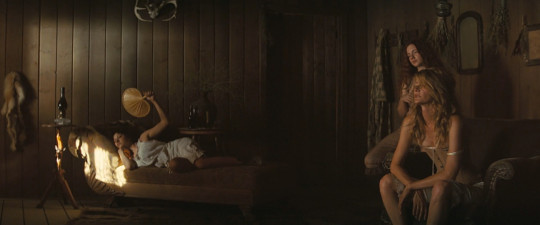


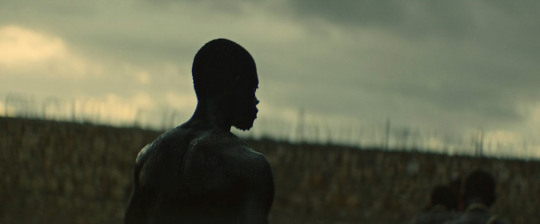
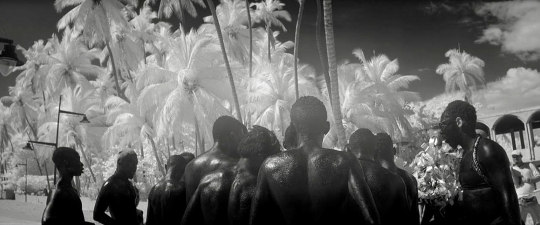
Interview with Autumn Durald Arkapaw
WWW.AUTUMNDURALD.COM
www.instagram.com/addp
Interviewed by The Portfolio
3 notes
·
View notes
Text
BROADCAST NEWS (1987)
DP: Michael Ballhaus
Director: James L. Brooks
Buy the Criterion Blu-ray via Amazon: https://t.co/0emIBdGTzb pic.twitter.com/MIA7AApOOC
— One Perfect Shot (@OnePerfectShot) October 3, 2018
0 notes
Text
How a Polish Cinematography Festival Became a Bellwether for Oscar Season
http://styleveryday.com/2017/08/29/how-a-polish-cinematography-festival-became-a-bellwether-for-oscar-season/
How a Polish Cinematography Festival Became a Bellwether for Oscar Season
Twenty-five years ago, a small group of movie enthusiasts in Torun, a city in northern Poland, decided that not enough attention was paid to cinematographers, the men and women responsible for capturing images on film. So they approached two icons of the craft — Sven Nykvist, who had shot many films for Ingmar Bergman, and Vittorio Storaro, who had worked frequently with Bernardo Bertolucci — to see if they would be willing to take part in a new film festival.
Marek Zydowicz, the founder and current director of what has become Camerimage, laid out a manifesto: “The role of cinematographers and their importance as contributors to the visual effect of the whole construction — the final shape of the film picture — is usually underappreciated. Yet the creation of moving pictures by means of a camera goes back to the sources of the cinema and camera storytelling, in which a picture, equally with the plot, accumulates the meaning. This would not be possible without the great art of cinematographers.”
And so the first Camerimage was held Nov. 22 to 28, 1993, in Torun. Nykvist, an Oscar winner for Cries & Whispers and Fanny and Alexander, attended, and he received the first Golden Frog Award for Lifetime Achievement in cinematography. (While Berlin hands out a Golden Bear, and Venice, a Golden Lion, Camerimage chose an amphibian as its standard-bearer.) Three-time Oscar winner Storaro (Apocalypse Now) agreed to be a member of the jury, alongside then-president of the American Society of Cinematographers Victor Kemper (Emmy nominee for Kojak: The Price of Justice). The jury voted to give its first Golden Frog for best cinematography to Stuart Dryburgh for Jane Campion’s The Piano.
A quarter of a century later, Camerimage has become so established that, on the week of Nov. 11, any name cinematographer who isn’t working is likely to be found in Bydgoszcz, Poland, where the festival — this year’s edition is officially dubbed the 25th International Film Festival of the Art of Cinematography Camerimage — now takes place. (Bydgoszcz lured it away from Lodz in 2010, when plans for a new theater in Lodz hit an impasse.) The fest doesn’t focus on premieres or red carpets; instead it screens programs in 10 competitive categories, which includes a main lineup of new feature films as well as documentaries, music videos and TV pilots, while also hosting panel discussions, workshops and product demonstrations. Last year, it attracted 72,000 attendees, featuring 610 cinematographers from 45 countries.
The event has emerged as a bellwether for what’s to come during Oscar season. In three of the past four years, the winners of Camerimage’s Golden Frog in the main competition have gone on to earn Oscar nominations. That includes 2013 winner Ida, which won the Oscar for best foreign-language film and earned a nom for cinematographers Lukasz Zal and Ryszard Lenczewski; 2015 winner Carol, which collected six Oscar nominations, among them one for cinematographer Edward Lachman; and 2016 winner Lion, which earlier this year earned six Oscar nominations, including one for cinematographer Greig Fraser. (The 2014 Golden Frog winner, Leviathan, was nominated for a foreign-language film Oscar.)
“Camerimage has become a trendsetter for the Academy Awards,” says Kees van Oostrum (Return to Lonesome Dove), president of the American Society of Cinematographers. “Because of the large concentration of great work and the exposure it gets, it seems to solidify great cinematography.”
“Marek and [festival office director] Kazik Suwala contacted the ASC very early on for support,” recalls ASC’s former president Richard Crudo (American Pie). ASC responded by inviting them to its own awards show and associated events each year. “They have done a tremendous service to cinematography,” adds Crudo. “Everyone makes the effort to go.”
A list of past attendees and honorees features some of cinema’s most influential cinematographers: Among those honored with Camerimage’s Lifetime Achievement Award are Owen Roizman (The French Connection) and Michael Chapman (Raging Bull), in addition to the late Laszlo Kovacs (Easy Rider), Vilmos Zsigmond (Close Encounters of the Third Kind), Conrad Hall (Butch Cassidy and the Sundance Kid), William Fraker (Bullitt), Haskell Wexler (Who’s Afraid of Virginia Woolf?) and Michael Ballhaus (Goodfellas).
For many attendees, the event begins at Warsaw Chopin Airport, followed by a drive of several hours to Bydgoszcz. Cinematographer Rachel Morrison (the upcoming Mudbound) says of her first Camerimage: “I was there with a short film in the student competition, and I shared the shuttle with [Uruguay-born cinematographer] Cesar Charlone. Actors don’t intimidate me, but Cesar Charlone — I was totally starstruck. City of God is one of my favorite films. We chatted the whole way to the festival. I picked his brain on everything from 16mm film to how one managed to have a family as a working DP.”
A year ago, Fraser was in Italy shooting Mary Magdelene for his Lion director, Garth Davis, when he received word that Lion had won the Golden Frog. Unable to attend, he quickly recorded remarks from the set, which were played during the ceremony. “I’m a huge fan of Camerimage, and I was glad I was able to give a speech,” he says, adding that it was important for him to be able to talk about the entire team, from the crew to the equipment suppliers. “At general awards shows, you don’t have time to talk about your [crew], but at Camerimage you can discuss how they all helped contribute to the look of the movie. Also, suppliers like Panavision and ARRI are often overlooked, but they are tireless in working to make our tools better.”
Though all of the details for this year’s fest haven’t been revealed, Paul Hirsch, who cut the original 1977 Star Wars, will receive the Editors Award, and the Lifetime Achievement Award will be presented to John Toll, who has earned consecutive Oscars for Legends of the Fall and Braveheart. Reflecting on Camerimage, Toll says, “Since there is usually only one cinematographer working on a film, the festival is a unique opportunity for cinematographers to meet one another and share ideas.”
•••
THE TOWN THAT HOSTS THE FEST
Founded in the 14th century, the Polish city of Bydgoszcz, home to Camerimage since 2010, offers appropriately picturesque charms.
Słoneczny Młyn Hotel
The four-star hotel, which boasts art nouveau and art deco decor, occupies what once was a 19th century mill on the banks of the Brda River.
Weranda Restaurant
Located in the Bohema Hotel & Spa, it is celebrating its 10th anniversary and offers dishes like goose leg on a bed of carrots with lentil dumplings.
Old Market Square
Cafes and restaurants, ideal for quick meetups or casual people-watching, line this landmark at the center of the city, which was established in 1346.
To Toast the Awards
Want to drink like the Polish locals? Favorite libations include Zubrowka and Wyborowa vodkas and Zywiec beer.
This story first appeared in the Aug. 23 issue of The Hollywood Reporter magazine. To receive the magazine, click here to subscribe.
#Bellwether #Cinematography #Festival #Oscar #Polish #Season
0 notes
Photo

#Repost @tiff_net with @repostapp ・・・ Today, the film world lost one of its most acclaimed cameramen, Michael Ballhaus. With over 100 credits to his name Ballhaus was best known for his 7 collaborations with Scorsese (GOODFELLAS, THE LAST TEMPTATION OF CHRIST) and 13 collaborations with fellow German, Reiner Werner Fassbinder (THE MARRIAGE OF MARIA BRAUN, WORLD ON A WIRE - pictured above). His innovative camerawork - known for immersing viewers into the emotional and psychological states of film subjects - will be remembered. #RIP . . . #michaelballhaus #cameraman #dp #cinematography #cinematographer #directorofphotography #fassbinder #scorsese #lasttemptationofchrist #goodfellas #worldonawire
#worldonawire#rip#goodfellas#lasttemptationofchrist#repost#fassbinder#cameraman#cinematographer#scorsese#directorofphotography#michaelballhaus#dp#cinematography
0 notes
Photo

The Departed (2006)
#2000s#actor leonardo dicaprio#dir martin scorsese#dp michael ballhaus#cat crime#cat thriller#american#black#hat#baseball cap#toothpick#shadow#blue eyes#goatee#the departed 2006#the departed
8 notes
·
View notes
Photo
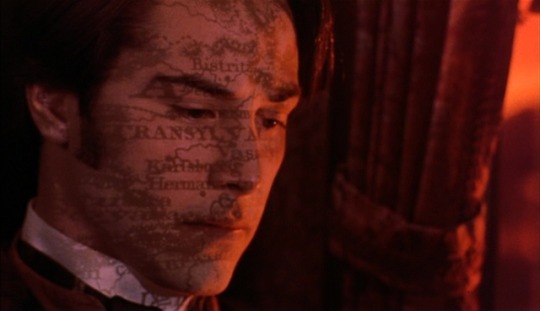
Bram Stoker’s Dracula (1992)
#1990s#actor keanu reeves#dir francis ford coppola#dp michael ballhaus#cat horror#cat adventure#cat fantasy#cat romance#cat epic#american#orange#red#collar#ear#text#projection#bram stoker's dracula#dracula 1992
6 notes
·
View notes
Photo






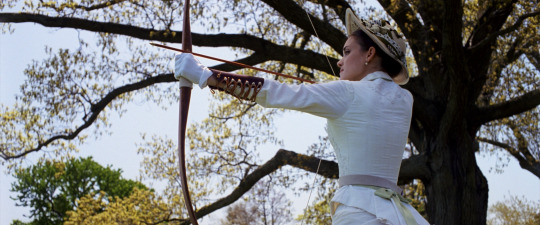

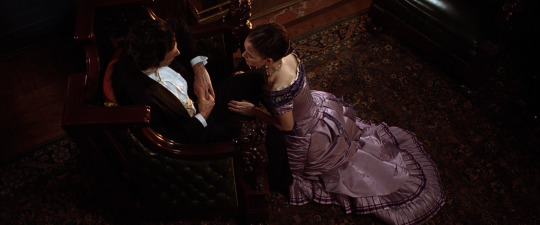
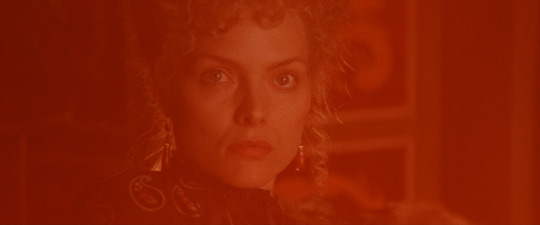
THE AGE OF INNOCENCE (1993)
Dir: Martin Scorsese
DP: Michael Ballhaus
#Martin Scorsese#screencaps#michelle pfeiffer#daniel day lewis#cinematography#film photography#Film lover
41 notes
·
View notes
Photo
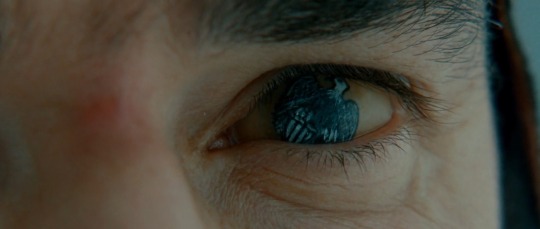
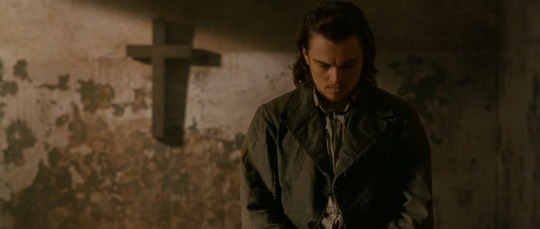
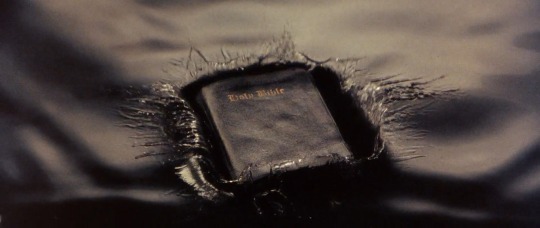
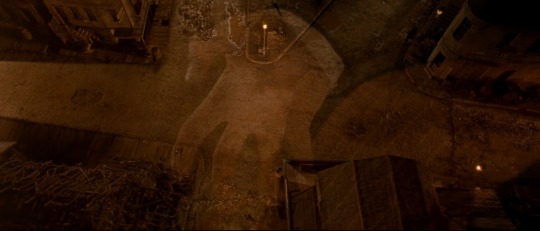



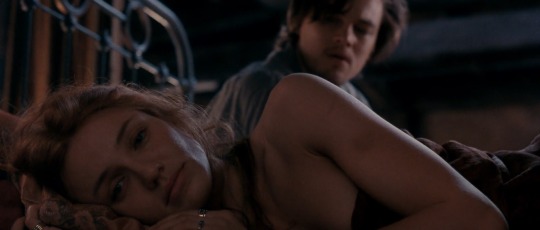


Gangs of New York (2002)
dir: Martin Scorsese
dp: Michael Ballhaus
94 notes
·
View notes
Photo



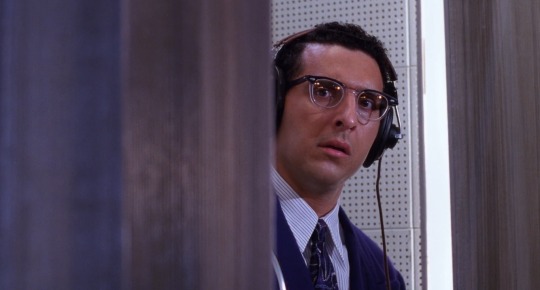
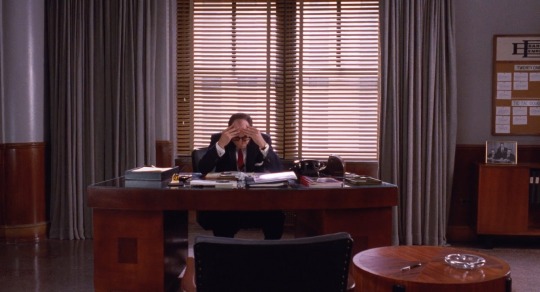





Quiz Show (1994)
Dir: Robert Redford
DP: Michael Ballhaus
43 notes
·
View notes
Text
BROADCAST NEWS (1987)
DP: Michael Ballhaus
Dir: James L. Brooks
More Shots: https://t.co/aJz2tOpG3X http://pic.twitter.com/izi1mvkLEm
— One Perfect Shot (@OnePerfectShot) August 22, 2017
0 notes
Text
THE COLOR OF MONEY (1986) DP: Michael Ballhaus | Dir: Martin Scorsese http://pic.twitter.com/wBmlplGcF6
— One Perfect Shot (@OnePerfectShot) May 9, 2017
0 notes